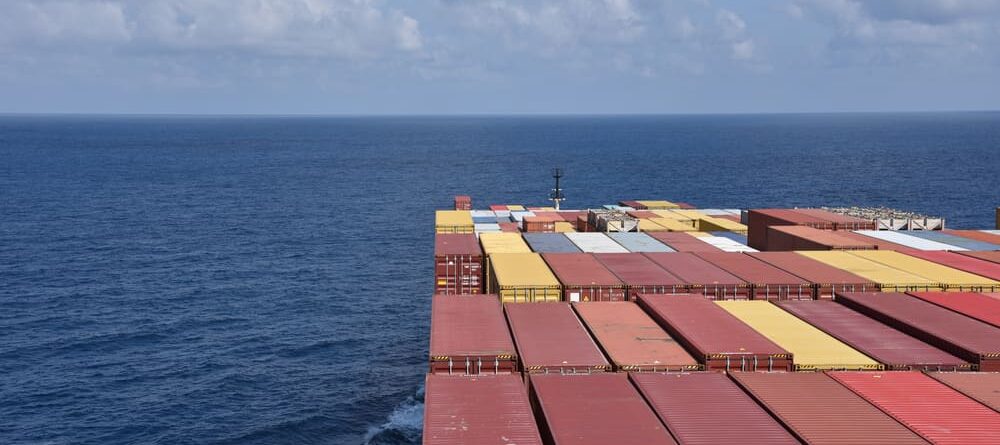Exploring the Versatility of Shipping Containers
In the realm of modern logistics and innovative architecture, shipping containers have transcended their original purpose as vessels for transporting goods. These sturdy, rectangular metal boxes have found new life as versatile building blocks for a wide range of applications, from eco-friendly homes and retail spaces to creative art installations and disaster relief solutions. Embracing sustainability and creativity, shipping containers have become a symbol of adaptive reuse and functional design.
The Evolution of Shipping Containers
Originally designed for efficiently transporting cargo across oceans, shipping containers have evolved into a global phenomenon of practicality and ingenuity. Companies like Tiger Shipping Containers exemplify this evolution, offering a diverse range of containers suited for various purposes beyond shipping.
Applications of Shipping Containers
- Architecture: Shipping containers are increasingly used in architecture as modular building units. Their standardized dimensions (commonly 20 or 40 feet long) make them easy to stack, transport, and customize into homes, offices, hotels, and even pop-up shops. This approach not only reduces construction time and costs but also promotes sustainable building practices.
- Retail and Hospitality: Retailers and entrepreneurs are capitalizing on the trend of using shipping containers as unique retail spaces or food stalls. These containers can be outfitted with amenities like windows, doors, lighting, and HVAC systems, offering a cost-effective and eye-catching alternative to traditional storefronts.
- Art and Design: Artists and designers worldwide have embraced shipping containers as canvases for creativity. They are transformed into art installations, outdoor sculptures, and mobile galleries, showcasing how industrial objects can become aesthetic expressions in public spaces.
- Emergency and Disaster Relief: In humanitarian efforts, shipping containers serve as rapid-response units for providing temporary housing, medical facilities, and storage in disaster-stricken areas. Their mobility and robust construction make them ideal for delivering essential services quickly and efficiently.
Advantages of Using Shipping Containers
- Durability: Built to withstand harsh marine environments, shipping containers are inherently durable and weather-resistant.
- Mobility: Containers can be easily transported by truck, rail, or ship, making them suitable for diverse geographic locations and temporary installations.
- Customization: From basic modifications like doors and windows to complex interior designs with insulation, electricity, and plumbing, containers offer flexibility in design and functionality.
- Sustainability: Repurposing shipping containers reduces waste and carbon footprint associated with traditional construction materials. It promotes recycling and contributes to sustainable development goals.
Tiger Shipping Containers: Leading the Way
Tiger Shipping Containers stands out as a leader in the industry, offering a wide range of new and used containers tailored to meet diverse needs. Their commitment to quality, customer service, and innovative solutions has made them a preferred choice for individuals, businesses, and organizations looking to harness the potential of shipping containers for creative and practical purposes.
Conclusion
Shipping containers have transcended their utilitarian origins to become icons of versatility and sustainability in modern design and construction. From residential and commercial projects to artistic endeavors and humanitarian initiatives, these modular marvels continue to inspire innovation and redefine the boundaries of what is possible. As the world embraces more sustainable practices and adaptive reuse concepts, shipping containers remain at the forefront, offering endless opportunities for functional, aesthetic, and environmentally conscious solutions.



Leave a Reply